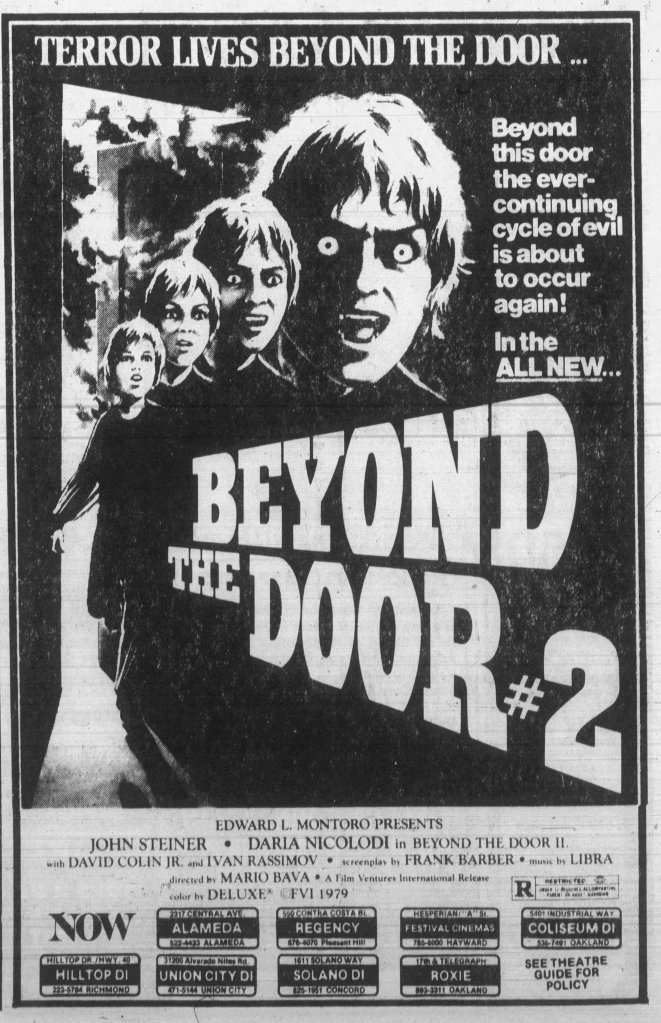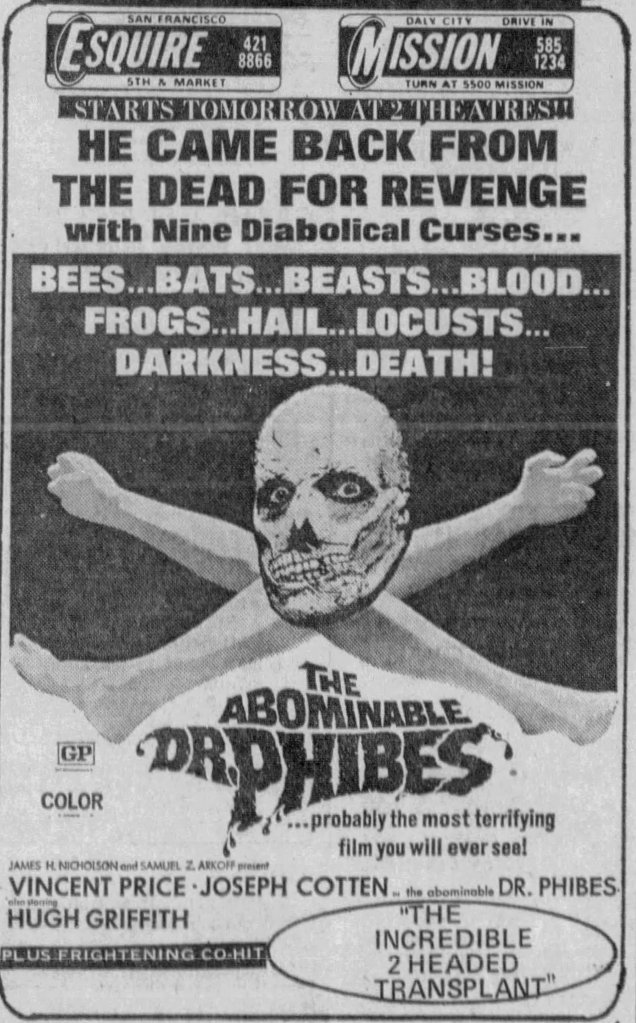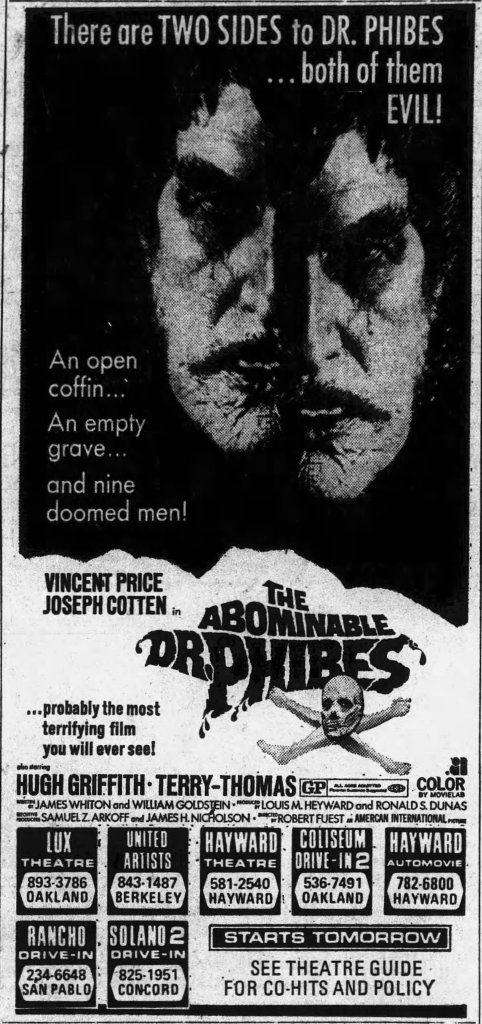
I have a clearer memory of flipping through the paperback tie-in for Coma than I do of the film’s actual theatrical release. The first time I would see Coma would be when it made its debut on network television. So it goes.
By the time that happened I knew who Michael Crichton was, which is why I watched the film. I did not manage to crack open the actual book and read it until after well after that. I am pretty sure that I had actually read Sphinx, Robin Cook’s third novel, before Coma. I bounced off of Brain, Cook’s fourth, yet I did read Fever, his fifth, in a single sitting. Back when I was capable of such things.
In 1987 or, perhaps, 1988 I did manage to read the entirety of Brain and then chased it with Mindbend. I have not read anything by Robin Cook since.
Crichton was a different matter. I became aware of him via the film adaptations of his novels The Andromeda Strain and The Terminal Man, as well as regular viewings of his original film Westworld whenever it would air on television. I have never bothered with the reimagined television show, though. I do remember seeing Futureworld on the big screen, as well as watching at least one episode of the short-lived syndicated series Beyond Westworld. So there.
Reading wise I would gulp down The Andromeda Strain, The Terminal Man, Congo, Sphere, Jurassic Park, The Lost World, Five Patients, and Disclosure before tapping out on Crichton’s output.









